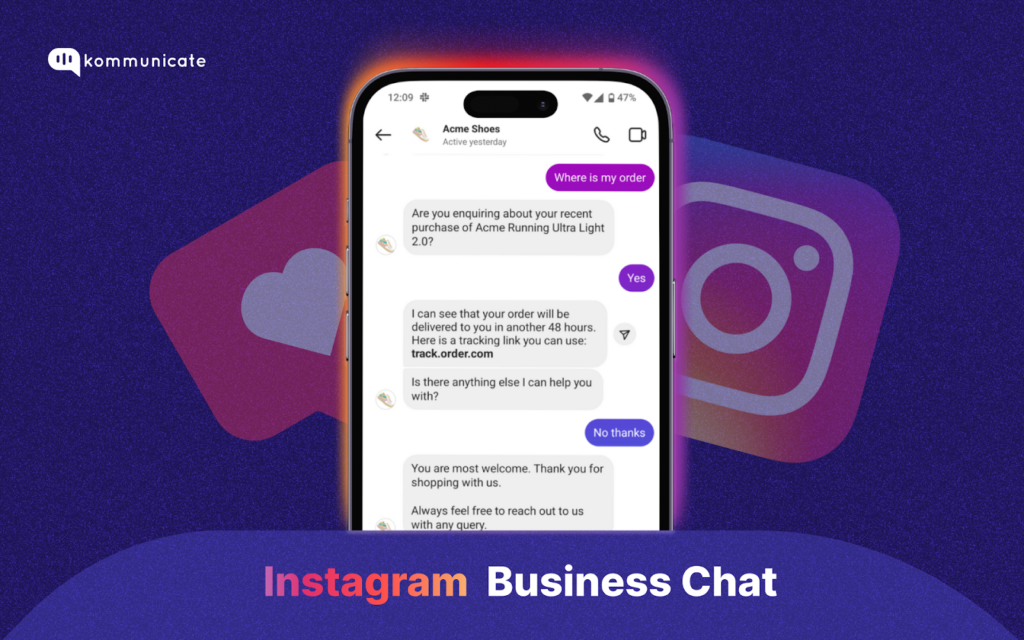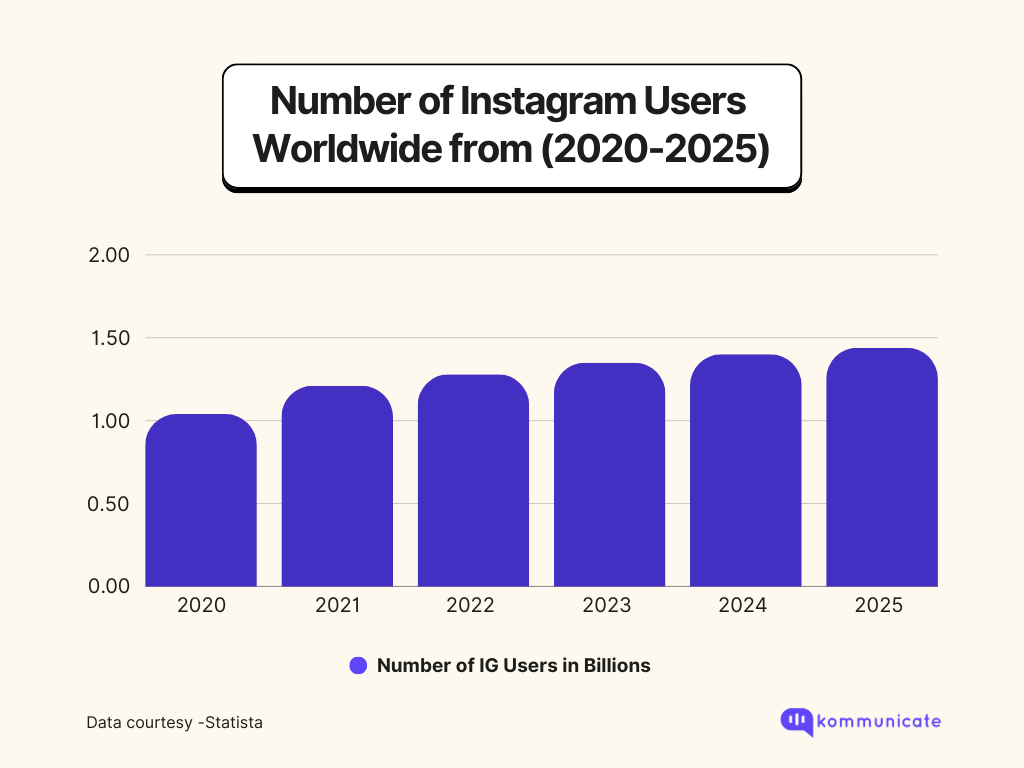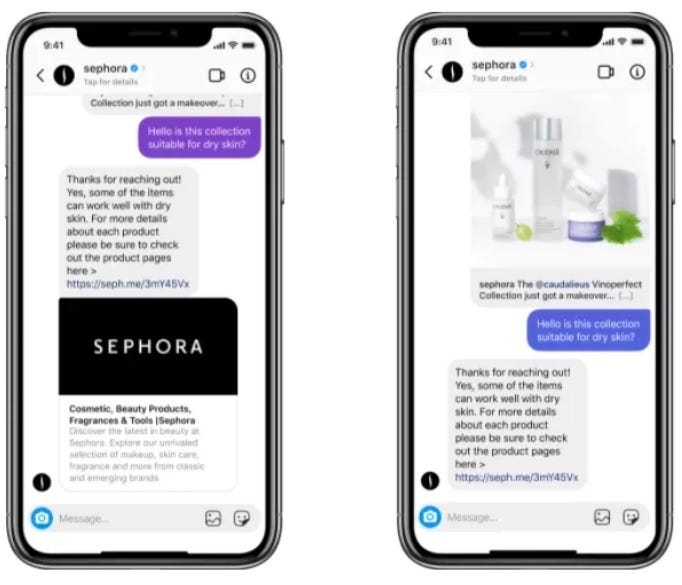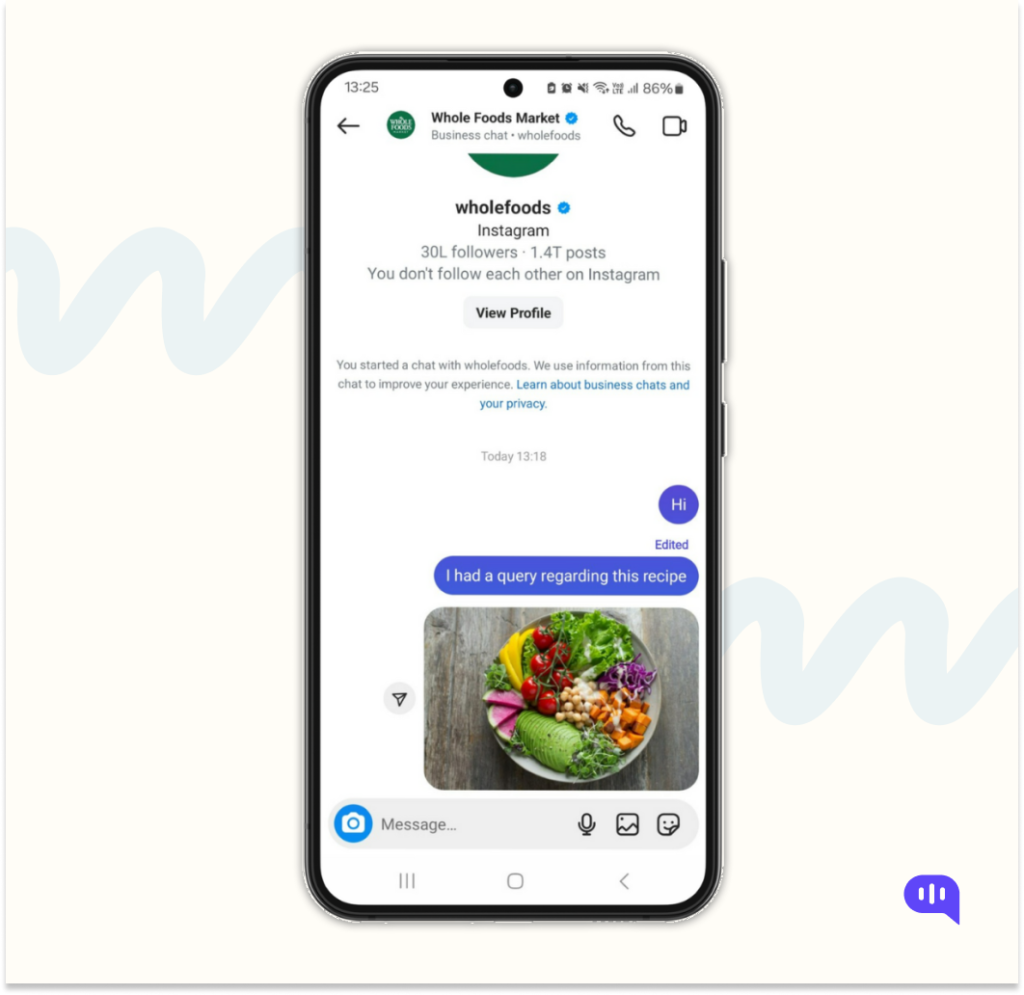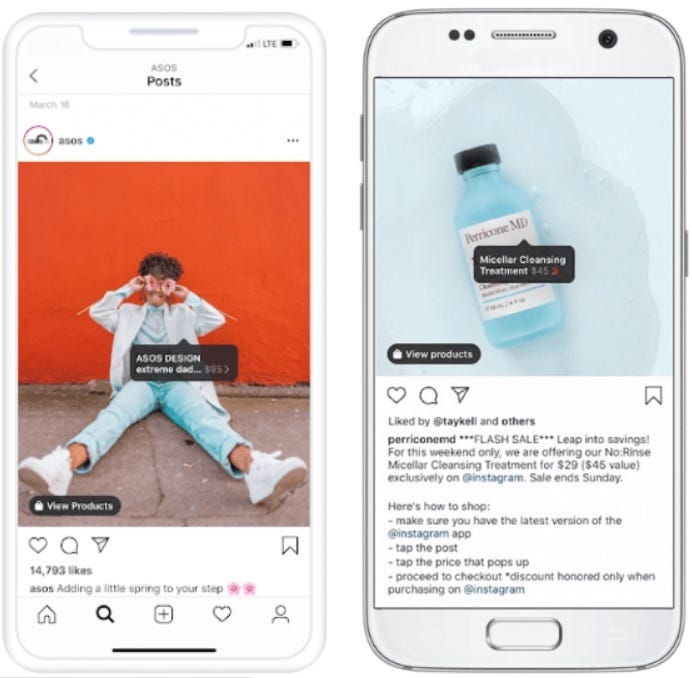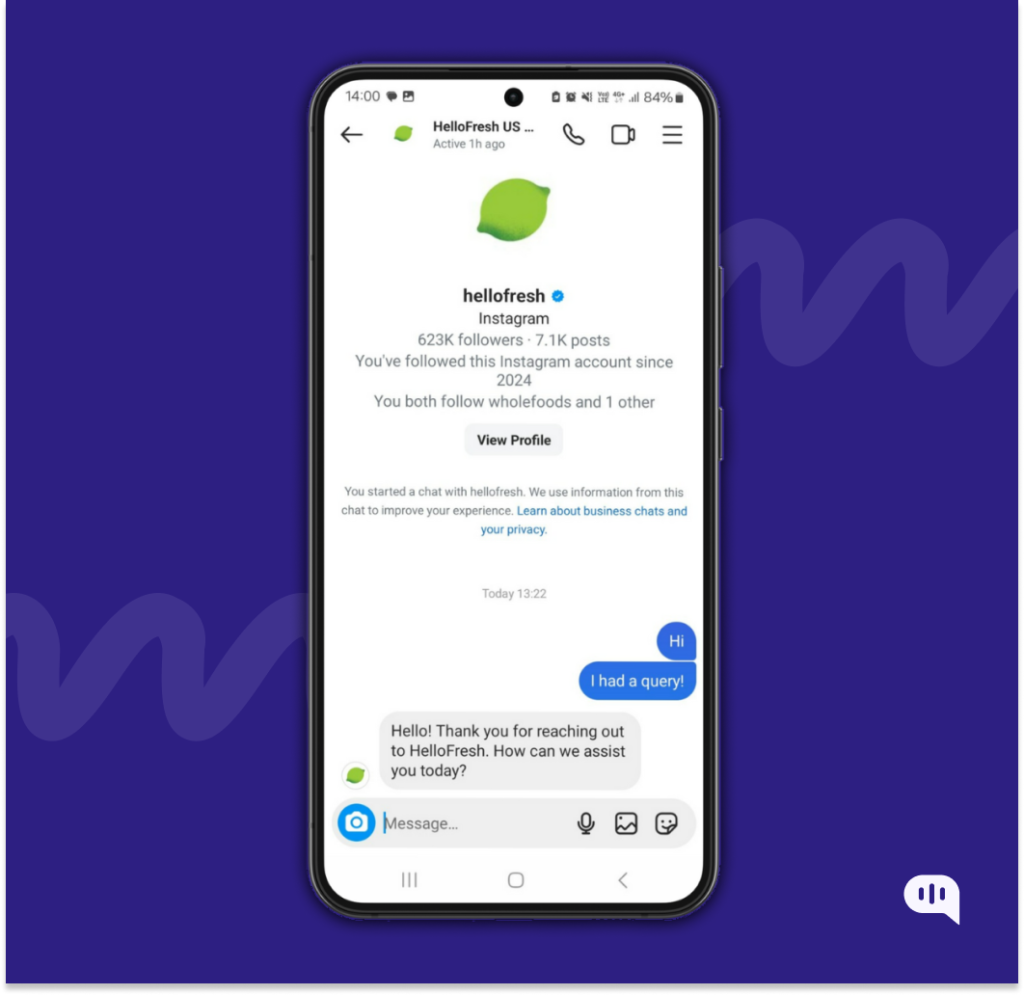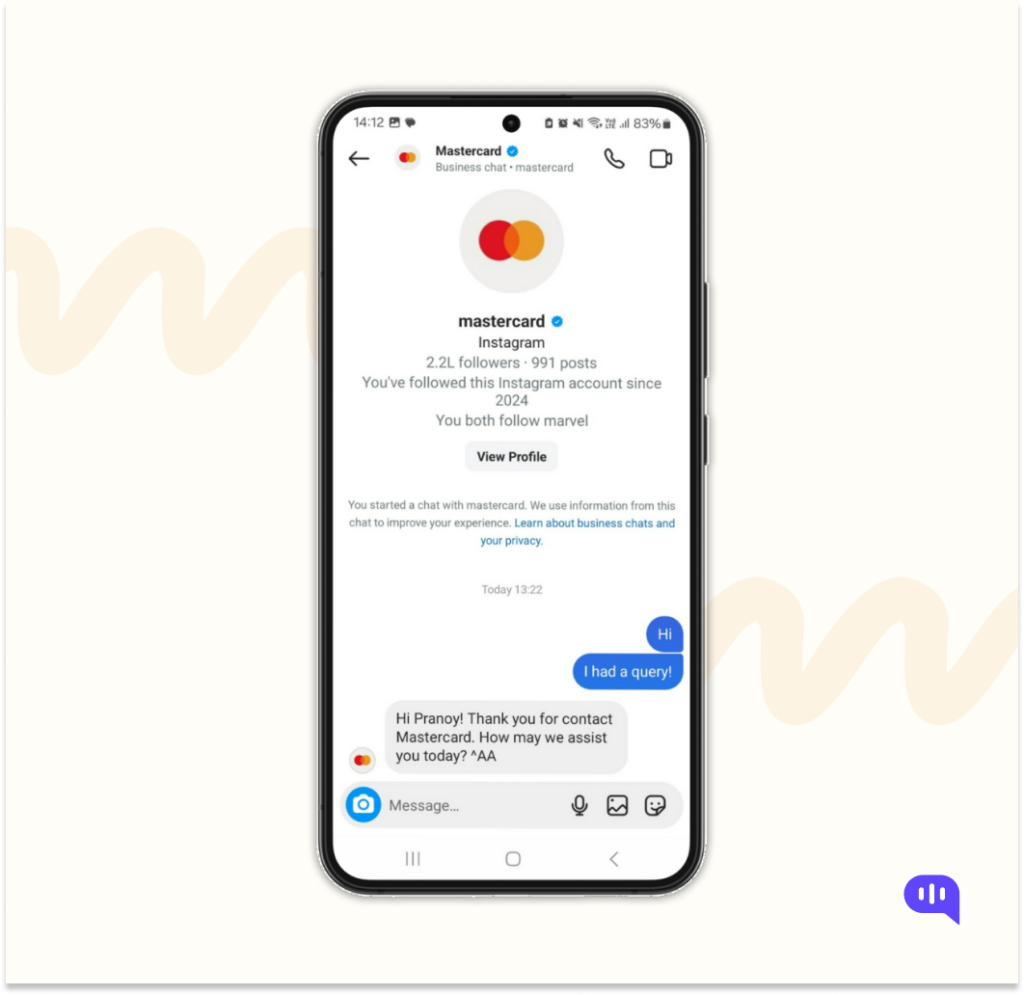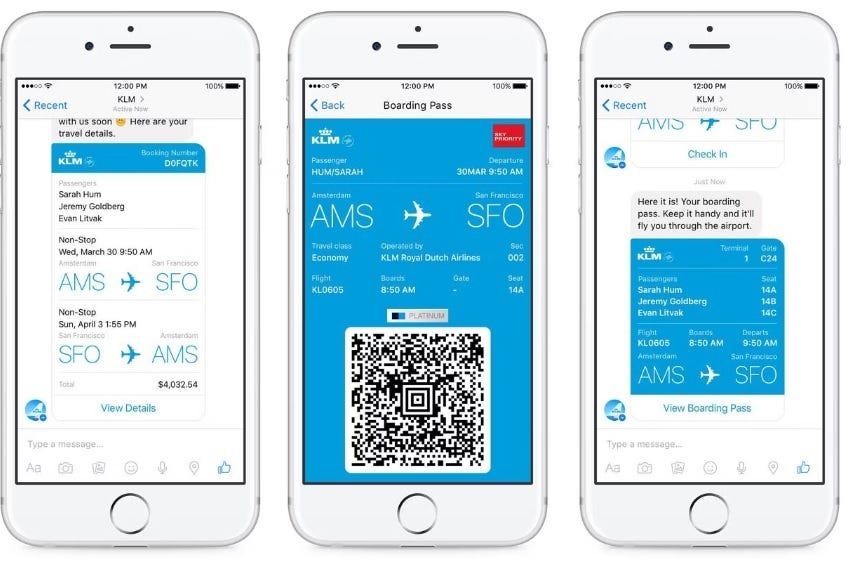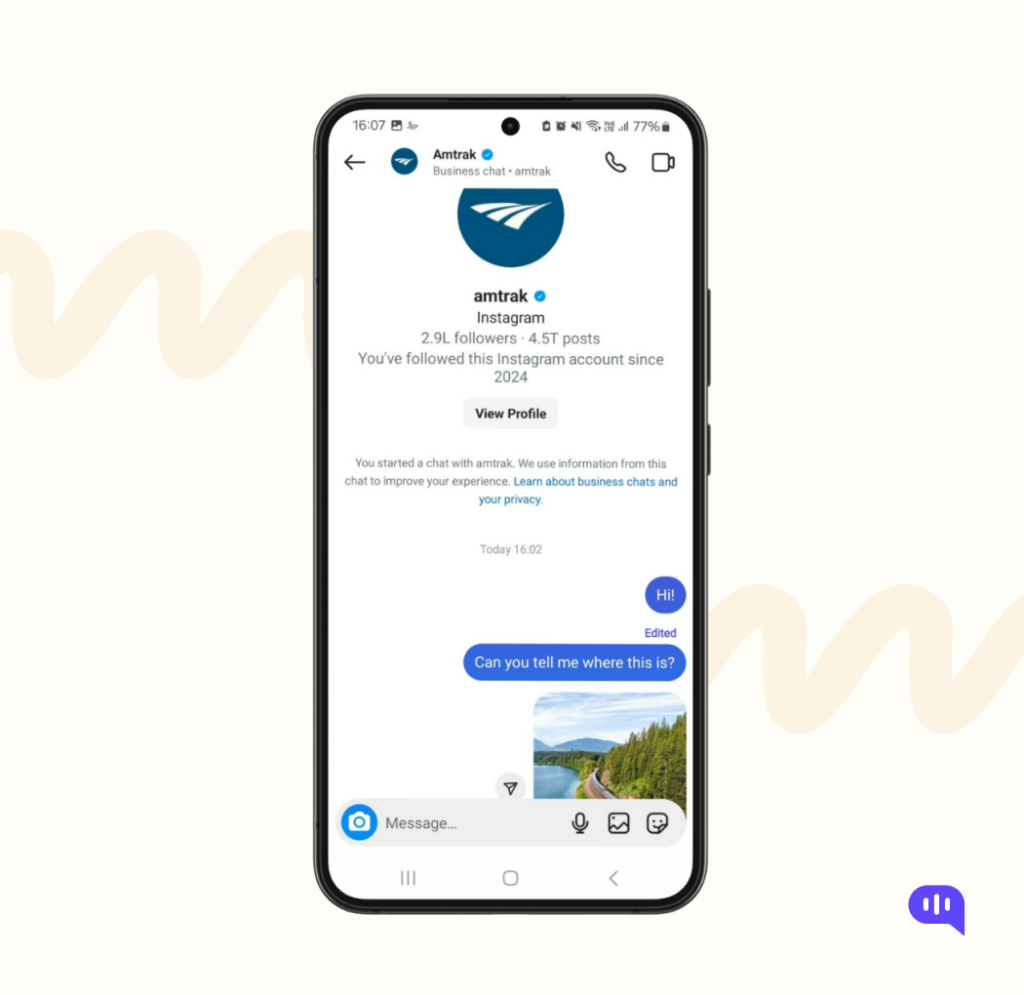
SMS remains a staple in commercial interactions, but its limitations are becoming increasingly evident, particularly for brands seeking deeper buyer engagement. This has paved the way for the meteoric rise of Google RCS Business Messaging (RBM) as a powerful and dynamic alternative. In fact, the protocol has witnessed an astounding 684% surge in usage within retail and eCommerce sectors.
With over a billion monthly active users, the channel effectively addresses the shortcomings of traditional mediums, including low email open rates, challenges in reaching customers on crowded social networks, limited rich media capabilities in SMS, and the ineffectiveness of one-way communication.

The numbers speak for themselves: companies sent 25,000 times more RCS messages in November 2023 compared to February 2022, demonstrating the exponential upsurge in RBM adoption. If it isn’t already part of your messaging arsenal, now is the time to consider integrating this channel into your strategy. In the following sections, we’ll scrutinize the benefits, applications, and implementation considerations of RCS in retail, showcasing its potential to forge a hyper-connected client experience.
Introducing RCS Messaging: A Richer Communication Channel
Let’s start with defining what RBM actually is. So, Rich Communication Services is an upgraded protocol that allows brands to send interactive, visually engaging messages directly to consumers’ native messaging apps. Replacing standard SMS, it delivers an enhanced mobile experience that empowers retailers to connect with customers in a more meaningful and effective way.
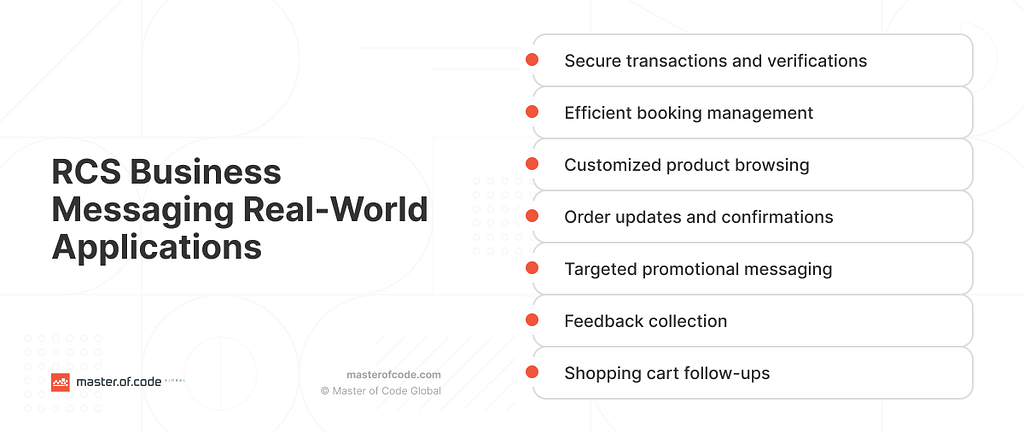
This versatile technology opens up a world of possibilities for merchants to connect with shoppers at every touchpoint. Some of the practical applications of RCS messaging are:
- Secure transactions and verifications;
- Efficient booking management;
- Customized product browsing;
- Order updates and confirmations;
- Targeted promotional messaging;
- Feedback collection;
- Shopping cart follow-ups.
While the versatility of RBM is evident in its wide array of use cases, the real impact lies in the measurable outcomes it generates for retailers:
1. Deeper Engagement
RCS drives more immersive experiences through rich media like images, videos, and carousels.
Result: 90% of messages with multimedia elements are opened within 15 minutes, and customers engage with such content for up to 45 seconds.
2. Enhanced Readability
Rich Communication Services cut through the noise and deliver information instantly to consumers’ primary messaging app.
Result: People are 35 times more likely to read a rich message than email. Moreover, 74% of buyers are more inclined to interact with a brand using RCS Business Messaging.
3. Proven Conversions
Brands are closing more deals with each interaction, turning window shoppers into loyal clients thanks to this technology.
Result: This platform unlocks explosive growth for commerce initiatives with an exceptional 80% conversion rate.
4. Increased Click-Through Rates
In addition to the mentioned benefits, the unique characteristics of RBM enable companies to naturally drive traffic and outperform others in the number of clicks.
Result: A 25–40% increase in CTRs can be achieved by shifting from SMS to RCS channel. Furthermore, campaigns utilizing Google’s protocol experience two to three times higher CTR than other mediums.
At the same time, the power of RBM in retail extends far beyond mere numbers. It fosters deeper connections between retailers and their clients, translating to repeat purchases and increased customer lifetime value. To illustrate this influence, let’s explore real-world RCS messaging examples within the commerce landscape.
RCS in Retail: 3 Top Success Stories
Master of Code Global specializes in crafting custom Conversational AI solutions that capitalize on the power of rich messaging. Our expertise spans from developing intuitive RBM tools to integrating chatbots with this channel, altering the way businesses connect with their customers.
Now, let’s examine real-world examples of how leading brands adopt this protocol to drive engagement, boost sales, and reshape customer communication.
Subway
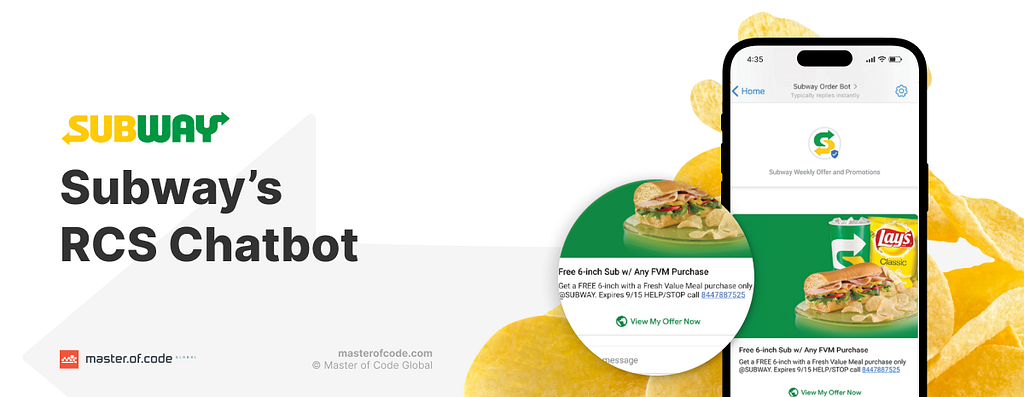
RBM injected new energy into Subway’s mobile marketing tactics. Head-to-head testing against SMS revealed the platform’s exceptional capabilities, delivering results such as:
- Two-for-$11.99 sandwich deal: 140% conversion increase with rich channel.
- $20 meal deal: 51% conversion uplift with this channel.
Such impressive figures solidify RCS as a cornerstone of the brand’s mobile engagement strategy.
BodemerAuto
A leading French automotive retailer aimed to re-engage clients during the 2019 holiday season. They launched a Black Friday initiative showcasing their diverse vehicle models through a visually rich carousel. BodemerAuto’s commitment to enhancing the client experience through RCS paid off. Their interactive method resulted in a remarkable 17-fold growth in engagement compared to a simultaneous SMS campaign. They also witnessed a 7.7% CTR that provided the company with a wealth of user data, empowering the brand to further refine current personalized commerce strategies.
Club Comex
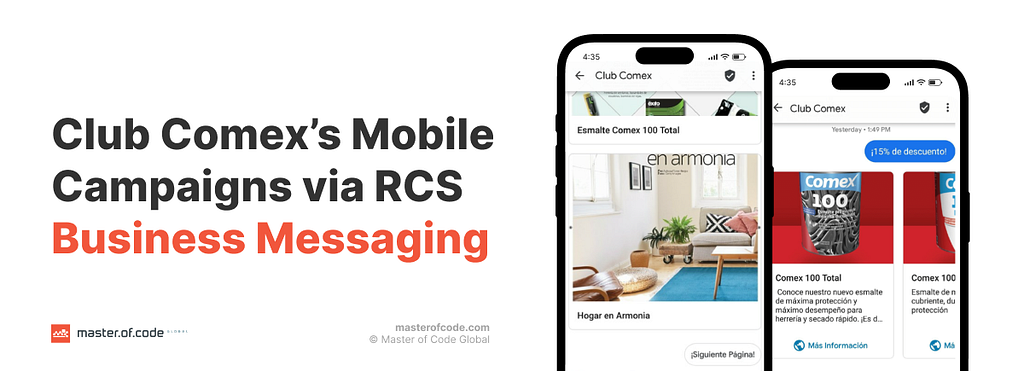
Comex has also decided to capitalize on RBM breathing new life into its loyalty program. A dual-tactic approach — a sales-driven promotion and a content-rich partnership with Sensaciones publication — brought substantial gains for the business. The first procedure yielded a 115% revenue boost over SMS, while the magazine collaboration saw click-through rates soar 10x higher than SMS benchmarks. The protocol has solidified its position as a central element of Comex’s communication toolkit.
Building Your RCS Strategy with Master of Code Global
Devising a successful rich messaging method demands careful consideration and specialized knowledge. Retailers need to evaluate platform options, ensure smooth integration with existing infrastructure, and create captivating campaigns that resonate with their audience.
Master of Code Global excels in developing tailored solutions designed for interactive conversational experiences. We employ a structured approach covering the following:
- We design and implement omnichannel applications that easily combine with RCS and other communication channels, guaranteeing a consistent and personalized experience across all touchpoints.
- AI-powered chatbots built by our experts can handle a large volume of consumer inquiries in real-time, providing instant aid and freeing up your human agents to address complex issues.
- Our solutions integrate RCS with cloud contact centers, allowing customers to seamlessly switch between chatbot interactions and live agent support for uninterrupted assistance.
- As an ISO-certified company, we prioritize data security and compliance, ensuring that your communications are protected and adhere to the highest industry standards.
By partnering with MOCG, retailers gain access to an all-around suite of services that boost user engagement, optimize workflows, and drive business growth. Our focus on Conversational AI, data-driven insights, and safety ensures that your rich messaging strategy is not only effective but also highly adaptive.
Conclusion: The Future of Retail Communication is RCS
Google Business Messages is disrupting the industry, offering a dynamic platform for enriched buyer journeys and measurable results. The data speaks for itself: RBM drives deeper engagement, boosts conversions, and outshines traditional channels. Global companies and regional players alike are capitalizing on rich messaging to elevate their brands and foster a stronger bond with their audiences. Do you want to be the brand that consumers can’t ignore? Let us guide your RCS implementation to secure lucrative ROI and connect with shoppers on their terms.
Winning the Client Communication Game with RCS in Retail was originally published in Chatbots Life on Medium, where people are continuing the conversation by highlighting and responding to this story.
